
Ravine Vineyard Estate Winery in tiny, tucked away St. Davids isn’t so much a place where small-batch boutique wines are crafted as it is an all-encompassing community of goodness with some of Niagara’s top farm-to-table culinary creations to go with activities ranging from an all-purpose skating rink in the winter to ping pong in the summer.
It is a destination where locals and Hollywood movie stars alike gather to break bread, hang out and sip handcrafted wines.

Wait. Hollywood stars, you ask? I was enjoying a Niagara craft beer at the restaurant just a couple of weeks ago with Paul Harber, chef proprietor and brand manager of Ravine, and just leaving after filling his belly over lunch was Gandalf the Grey, he of the Lord of the Rings trilogy. Yes, Sir Ian McKellen. At Ravine. In the flesh!
Ravine is like that: full of magic and plenty of surprises.
The restaurant where Gandalf chowed down is among the few self standing, farm-to-table restaurants that bakes their own bread, raises their own pigs and grows their own certified organic vegetables while pairing meals with the guidance and discriminating palate of a winemaker.
The menu is an ever-changing carousel of ingredients from the chefs’ farming friends and is under the watch of Harber and executive chef Ross Midgley. It changes with the seasons, or even daily, depending on what fresh produce arrive in the morning.
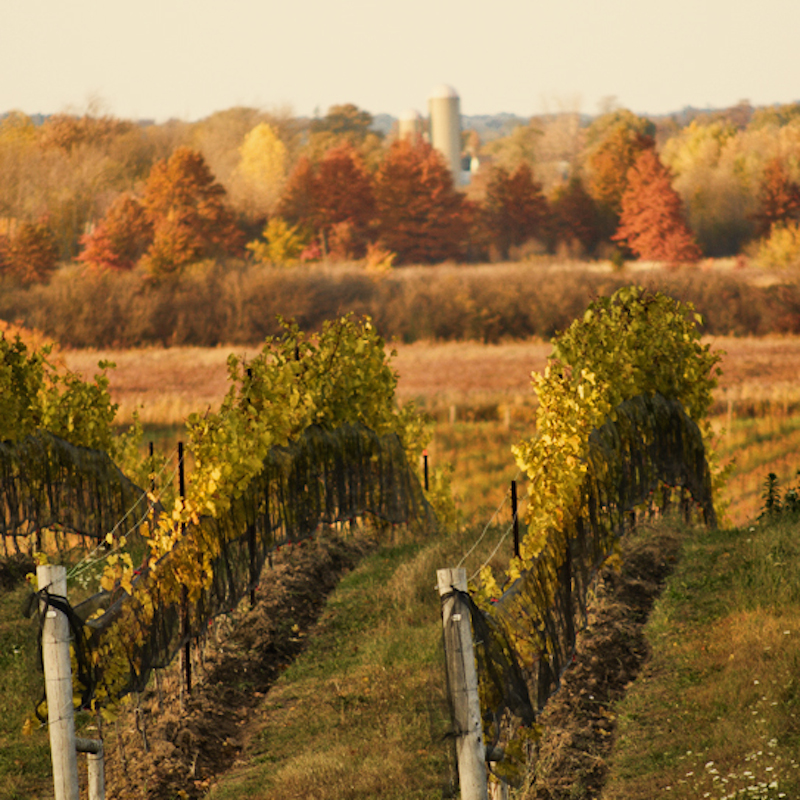
The unique 34-acre organic winery is located in the sub-appellation of the St. Davids Bench. It is the warmest location for growing grapes in Niagara, about 20% warmer on average.
The vineyard shares that fortuitous distinguishing feature with its neighbours, but if you go a little deeper, that is where the physical attributes it has in common ends. In fact, the property is actually an anomaly. The soils are lighter, its airflow and water drainage are more consistent, and its position on the Bench is at its highest elevation.
There are three main sections to the Ravine Vineyard – the upper bench, the slope and the bottom — each with completely different soil compositions. The soils of the upper bench and slope, which make up over 85% of the vineyard, are radically different not only from other areas in St. Davids, but from anything ever found in Niagara. All because of what lies buried beneath.
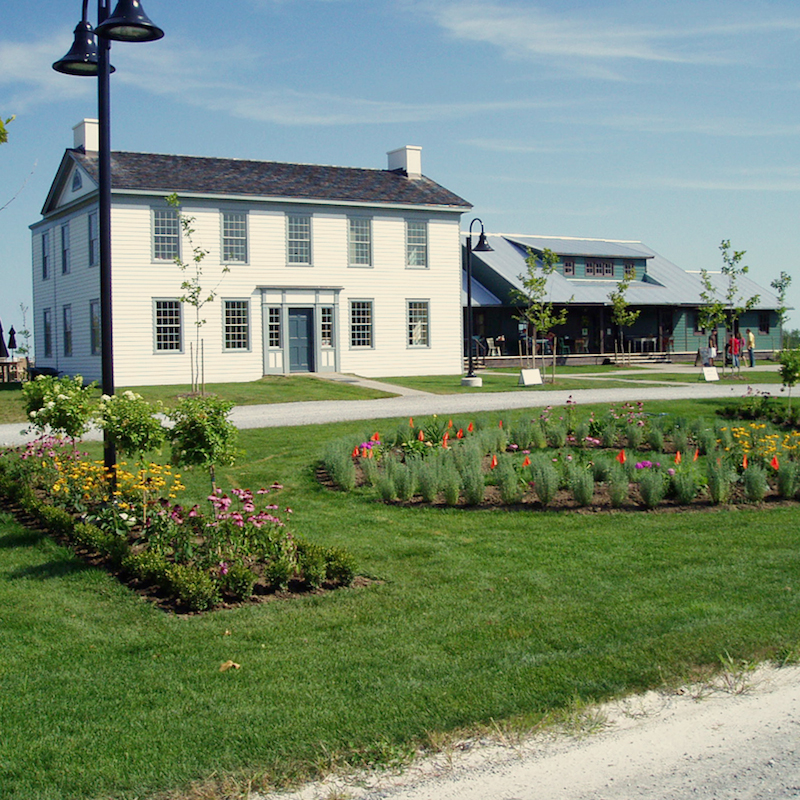
The old Lowrey farm sits atop the river channel of the ancestral Niagara River as it once raged, 22,800 years ago, as part of an ancient drainage system that drained melt water from 3 km thick surrounding glaciers. The massive volume of water the river carried hollowed out a gorge 1,219 meters long, 305 meters wide and 91 meters deep. Twelve thousand five hundred years ago, when the third glacier retreated, it emptied into this gorge massive amounts of glacial silt, filling it to the shoreline and plugging it up so completely it would never reopen again.
The river’s waters, not to be denied in their downward imperative to the sea, rerouted to the present channel where the Niagara River now flows as it empties into Lake Ontario. Geologists refer to the earth below the Ravine vineyard as part of The St. Davids Buried Gorge.
In each section of the old river’s path are ancient traces of its once raging activity – the soils on the top east side of the property, under a shallower, slower flowing part of the old river, are higher in clay; a distinguishing feature of the legendary Chateau Petrus vineyard in Bordeaux, and an ideal location for planting Merlot. Just west of there, where the clay ends abruptly, the soils are mostly sand and low organic content, the result of faster waters scouring the river’s bed. There they planted Cabernet Franc.
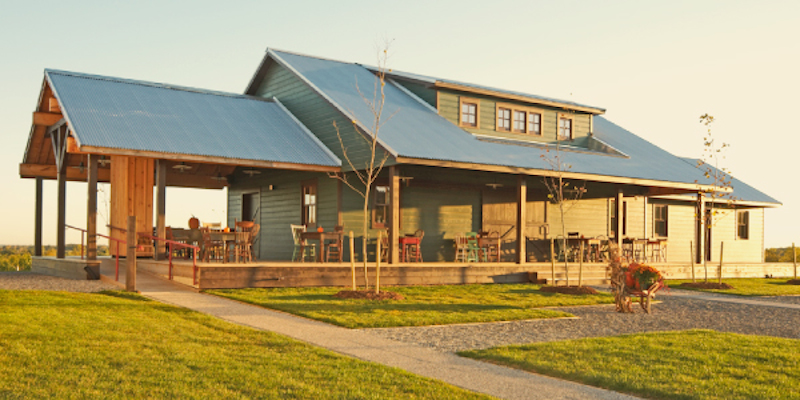
Then there’s the hillside. After 5,500 years of erosion on these small but relatively steep slopes, the soil is thin, sparse and very mineral – conducive to the growth of some very low-cropping, Burgundy-style Chardonnay. Lastly, there’s the bottom of the slope, part of the bed of historic Lake Iroquois, rich in deposits of humus and organic material. There they planted Chardonnay Musqué, which could take advantage of this extra vigour in the production of fresh, vibrant flavours – emphasizing exuberance rather than structure.
While the vineyard remains constant, the team at Ravine has changed quite a bit in just a few years, but the Harber family has always been front and centre of the operation.

Paul Harber leads the team and has ambitious plans for the future of the winery and restaurant. He hired winemaker Marty Werner and assistant winemaker Ben Minaker (both seen in the top photo of this post) in 2012 with veteran consultant Peter Gamble already established at the winery and guides the team through new and future projects, such as a traditional sparkling that is in the works.
“He is a great safety net when we want to push the limits,” says Werner. “We learn a lot from him.”
The style of winemaking at Ravine includes:
• Gravity flow throughout the process because it is very gentle on the juices and wines.
• All grapes are hand harvested and hand sorted on a state of the art, vibrating sorting table.
• Aromatic white wines are fermented in temperature-controlled stainless steel tanks at cool temperatures to preserve fresh fruit flavours, acidity, and minerality.
• Chardonnay is barrel fermented and barrel aged in a combination of new and previously used barrels. All chardonnay barrels are French oak, sourced from various forests and coopers in France.
• Red wines are fermented in French oak Demi Muids. All red wine barrels are French oak from various forests and coopers in France – each barrel from a different cooper or forest.
• When the result of the oak aging meets the winemakers’ standard of approval, meticulous blending trials are carried out to strive for elegant wines with balance, and exhibiting the best representation of both the vineyard and soils.
While the winemaking process at Ravine consists of a rigorous process, it doesn’t mean Werner has to conform 100% of the time.
“We are pushing the limits on a few things,” he says with a mischievous grin on his face as we taste through a range of upcoming wines.
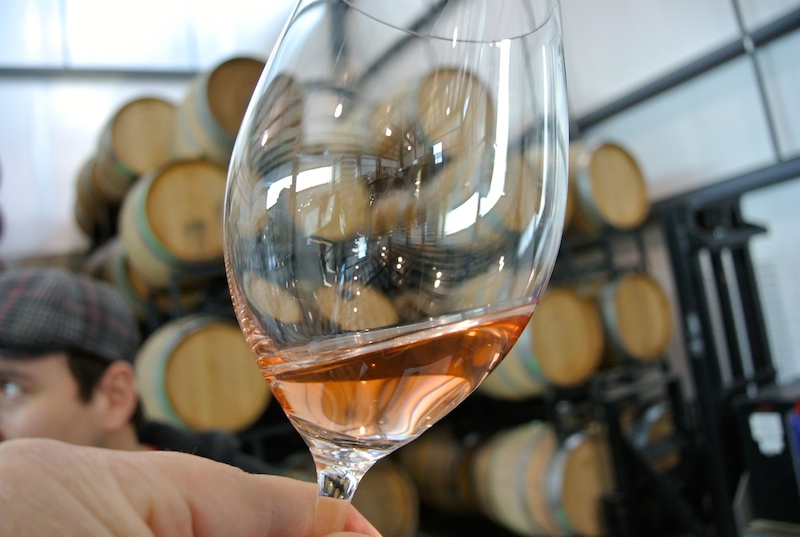
To emphasize his point, Werner pours a sample of an upcoming 2015 Ravine Pinot Gris. It’s amber in colour with an exciting nose of apple skin, watermelon, raspberry bush, cranberry notes, herbs and spice. The colour comes 24 hours of skin contact after which the juice is barrel fermented and oak aged in well-used barrels. The finished wine has grit, some tannins and a wonderful texture that will excite the geeks out there.
“This wine pushes the boundaries,” Werner says. “I think having a couple of one-off funky wines is important.”
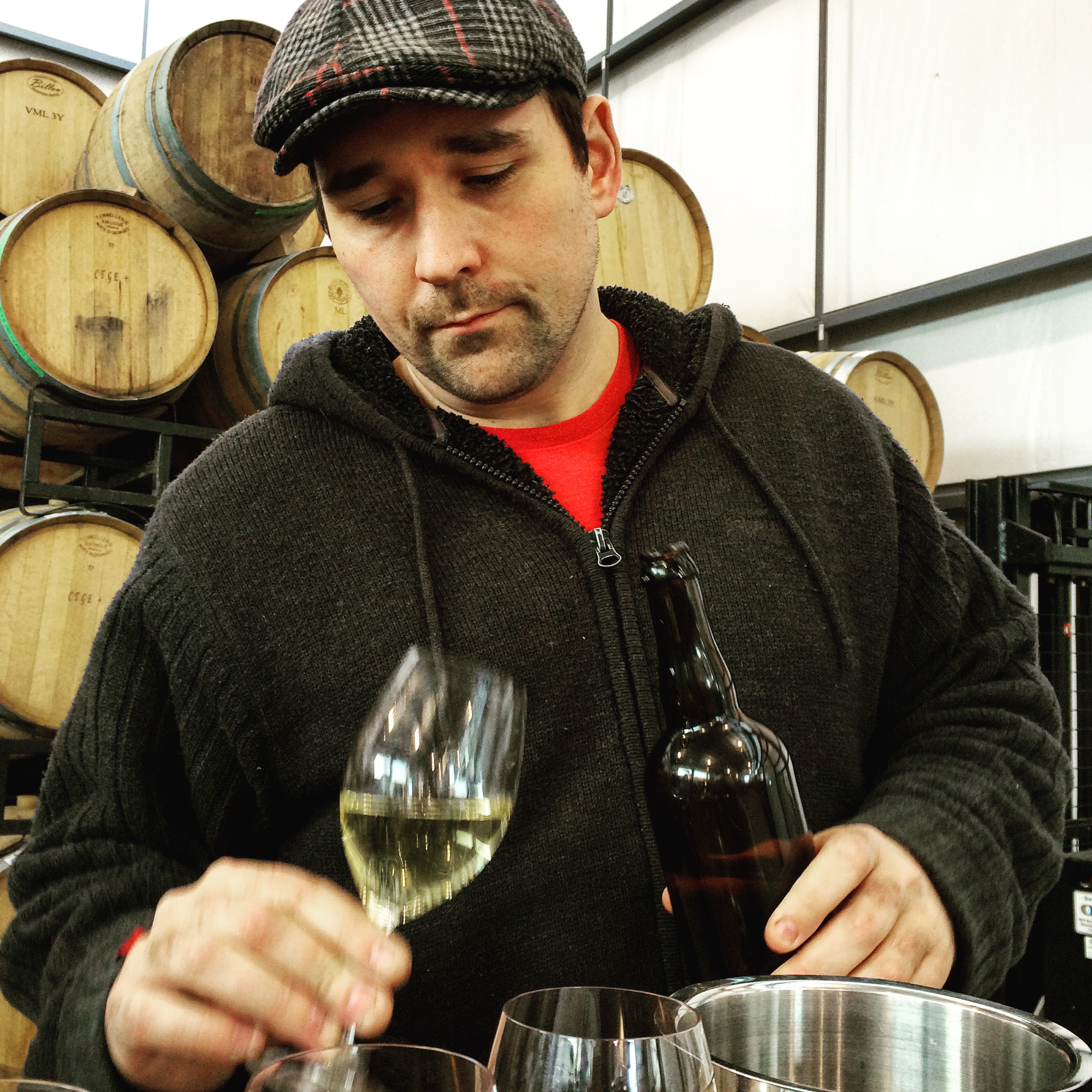
Also added to the Ravine arsenal is the winery’s first hard apple cider (which should be released by the time you read this).
The sample I tasted was sensational. Made from “eating” apples sourced in Font Hill, the style is all about fresh and bone dry, like taking a basket of just-picked apples and squeezing them into a bottle (after fermentation, of course). This is the kind of cider you quaff on a hot summer’s day on the back porch.
Werner and Minaker got the idea for making cider because, as consumers, they found themselves enjoying more and more cider at local restaurants and wanted to get in on the exploding trend that’s sweeping across the province and starting to show up at more and more wineries (think Tawse, Small Talk, Sunnybrook, The Old Third in Prince Edward County … and plenty more to come).
But, we were here to taste the upcoming wines from Ravine’s well-rounded wine portfolio. So, here’s what I liked from the tasting:
Ravine Vineyard Sauvignon Blanc 2014 ($35, winery, 91 points) — It’s no wonder Werner has a way with this grape, afterall, he did cut his winemaking chops at the venerable New Zealand winery Cloudy Bay. The wine is left on the lees for the majority of fermentation before being aged in 225 L French oak barrels, 10% of which are new. The nose shows a certain elegance with light spice, grapefruit, kiwi fruit, pear, white flowers and toasty vanilla. It’s bright and juicy on the palate with lovely texture to go with citrus, kiwi, herbs, toasted almonds and integrated spice notes.
NOTE: The 2015 barrel sample shows a bit more spice with zippy freshness through the finish.

Ravine Vineyard Chardonnay 2014 ($30, winery, 89 points) — This is fermented with wild yeast and aged in French oak barrels for eight months. It shows wonderful pear, spicy apple and subtle citrus and minerality on the nose. It has some elegance on the palate and maintains freshness and verve with a range of orchard fruits, spice and lemon lift.
NOTE: The Reserve version of this wine, from vines planted right out the back door of the winery, is showing brilliantly in barrel right now. Pure elegance and power with an intriguing salinity note to go with poached pear, apple crisp and mineral notes.
Ravine Vineyard Reserve Chardonnay 2013 ($40, winery this summer, 93 points) — The fruit for this superb Chardonnay was picked purely to preserve the acidity. So, an early pick with oak aging in 30% new French barrels for 18 months. Such a beauty with a nose of rich and pure pear, Meyer lemon, toasted almond, vanilla and a range of exciting barrel spices. It is pure elegance on the palate with saturated fruit and well-integrated spice already. There is persistence from the pear/apple fruit but meticulously balanced out by the laser sharp acidity.
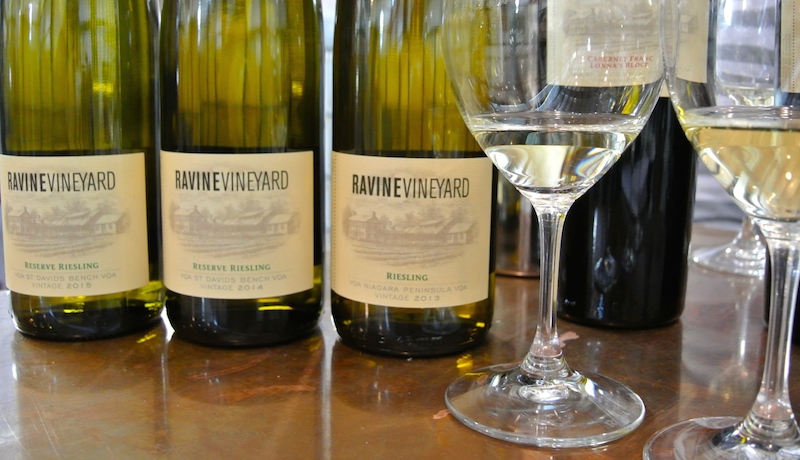
Ravine Vineyard Reserve Riesling 2015 ($35, available soon, 92 points) — Ravine’s Riesling is unique in that a tiny pocket of the vineyard, on the downward slope, achieves 20-40% botrytis every vintage. The 2015 version is astoundingly delicious. The nose opens up with a wild honey note and combines grapefruit, lime, apple and summer peach. On the palate, the layered sweet honey notes are balanced out by freshening acidity to go with a range of lime, citrus and crisp apple all delivered on a lingering finish. Very nice, very different Riesling.
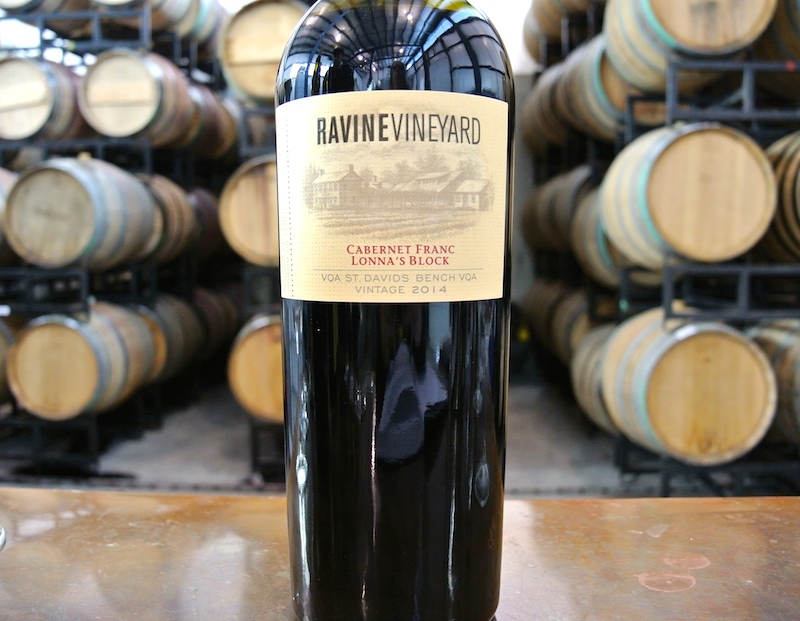
Ravine Vineyard Lonna’s Block Cabernet Franc 2013 ($40, released this summer, 90 points) — Not quite at the level of the remarkable 2012 Lonna’s, but a very good Cab Franc that shows more of its herbal notes. It has an earthy/funky/brambly profile on the nose with herbs, loam, cassis, plums, red fruits and spice. It has good energy on the palate with dark fruits, garden herbs, spice, licorice/anise and firm tannic structure.
NOTE: The 2014 version in barrel, shows more red fruits in a leaner style.







Comment here